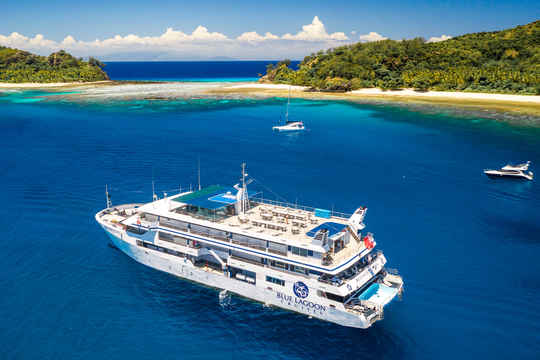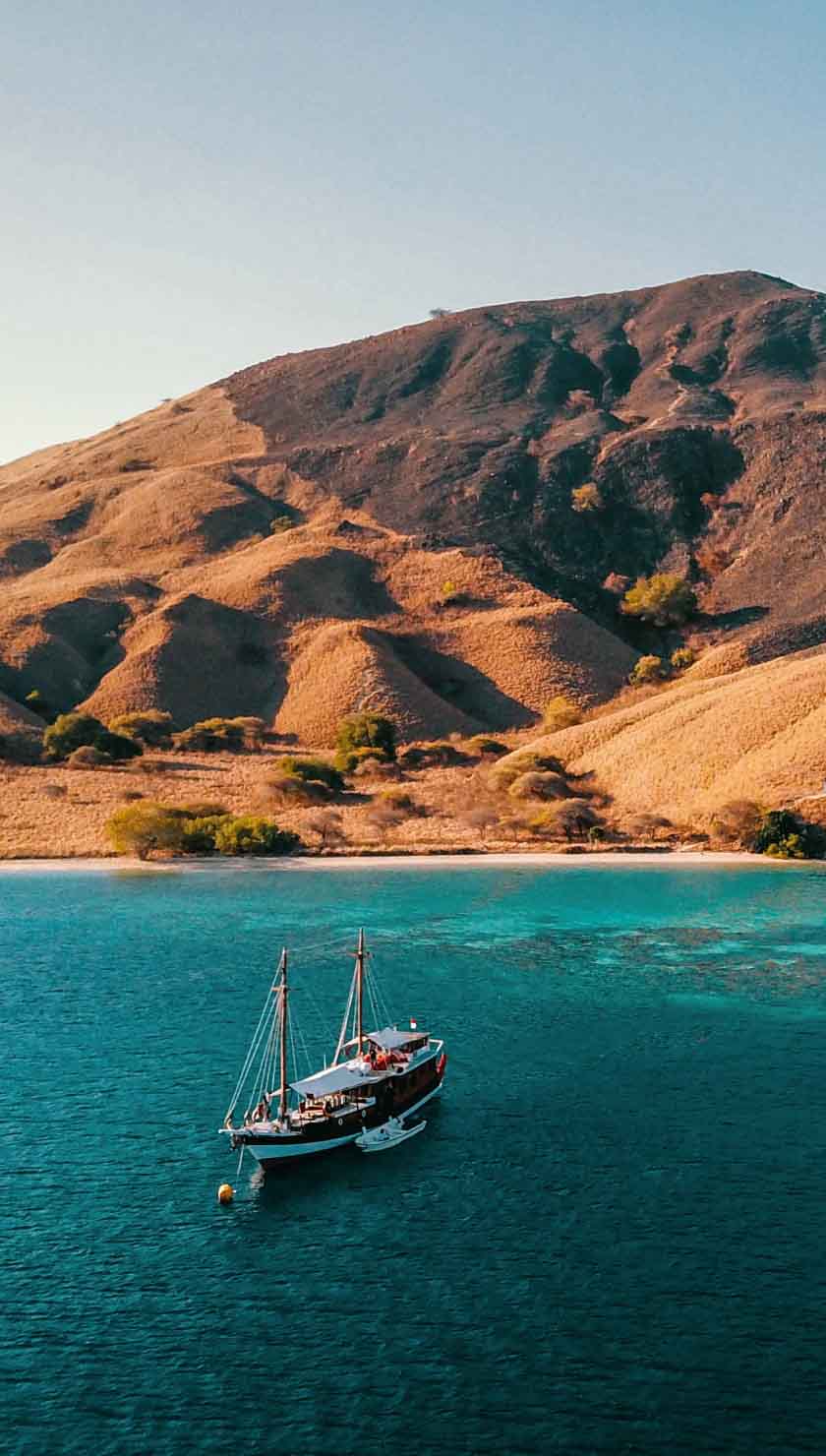We make cruise booking easy!
67 countries, 589 ships, 45,954 trips and 61,026 verified customer reviews.
LiveAboard.com is the easiest place online to book adventure cruises around the world, including popular destinations such as Galapagos, Indonesia and the Raja Ampat region, Alaska with the Inside Passage and Glacier Bay National Park, Australia and the Great Barrier Reef, Croatia and the Dalmation Coast.
The small ship operators we work with offer a wide range of cruises including wildlife tours, cultural visits, scenic hikes and idyllic beaches. We work with professional fleets such as Uncruise, Quasar, G-Adventures along with many more Small Ship Operators Worldwide.
LiveAboard.com has handpicked each operator based on their excellent service, spectacular locations, and comfortable accommodations onboard. Each adventure cruise offers state of the art amenities and knowledgeable staff. LiveAboard.com makes it easy to compare cruise destinations, amenities and prices for the perfect small ship cruise.
Whatever your choice, our cruises will offer you an amazing experience you won't easily forget. If you are looking for the best adventure cruises on offer, you've come to the right place.

























